- July 26, 2024
-
-
Loading

Loading
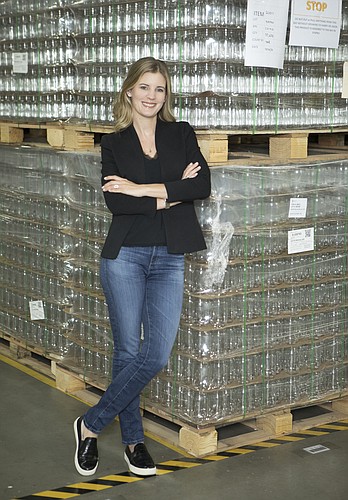
Two years into the new world order brought on by COVID-19, masks are coming off, schools are open and vaccines are available to anyone who wants one. Some of the problems brought on by worldwide pandemic remain with us, however, and, by the looks of it, will be with us for a long time.
One of those problems is quite familiar to business leaders, from corporates suites to the home office: the supply chain.
Consider Manatee County restaurateur Buddy Foy, who, with his wife Jennifer Foy, owns The Chateau Anna Maria in the Waterline Marina Resort on Anna Maria Island. He also has plans for a second location in Sarasota, which (hello supply chain crisis) has been delayed from February to at least the fall. "For an existing business looking to expand," Foy says, "it's hitting us front and center, north to south and east to west."
COVID-19 and the restrictions it wrought has created a worldwide backup of supplies as varied as Christmas ornaments and microchips. These problems were caused as factories worldwide shut down, as did the infrastructure that moved products around the globe. While restrictions have been lifted in many countries, flare ups and backlogs have made it difficult to catch up.
This is exacerbated in the U.S. by labor shortages that make it difficult for supplies to get from one place to another.
So as we begin year three of the COVID era, shortages remain that are slowing construction, emptying dealerships, streamlining menus and leaving grocery shelves empty — while simultaneously helping drive already rising prices even higher.

But just as we learned, and are still learning, to live with COVID, businesses are coping, finding ways to adjust for the shortage and setting realistic expectations for their customers. When Foy, for example, first raised prices at the The Chateau, he "had a bit of a backlash" from customers. But more recently, the price changes have been gaining a cost-of-doing business reality check since it's so widespread. "There are so many touch points in the food supply chain," he says. "You get hit from appetizer to desserts."
That's why Foy and fellow entrepreneurs have had to get more creative, looking at problems from angles possibly not thought out before. And as the pandemic continues, these are lessons that may wind up being best practices. At minimum, these supply chain lessons will better prepare those running businesses to look for ways to adapt to constant changes, whether they be because of a new variant or Russia’s invasion of Ukraine.
Among the hardest hit industries from the supply chain crisis has been construction. First, there was a lack of materials due to high demand from a stronger than expected post-pandemic rebound and short supply. This meant many developers and builders, both big and small, saw projects slow to a crawl, leaving homebuyers waiting for delivery and skyrocketing prices, which forced companies to go back to customers for more money.
And in Florida, the shortages aren’t the only problem. It’s the rising prices caused by the shortages that make it more difficult to price out projects and for builders to deliver what was promised on budget.
According to a February report from the Associated General Contractors of America, the price of construction materials jumped more than 20% from January 2021 to January 2022.
The report found that prices charged by the producers of goods and service providers, such as distributors and transportation firms, for nonresidential construction, rose by 2.6% percent from December to January and 20.3% in the past year. And contractors working on nonresidential buildings raised prices by 3.8% for the month and 16.5% from a year earlier.
Casey Ellison, president of EWI Construction in Tampa, says one way his company is dealing with the rising costs brought on by supply chain issues is the use of escalation clauses. These clauses, which he “strongly encourages” all developers to use, allows him to adjust prices as they go up.
To avoid the situation and mitigate costs, EWI has begun buying supplies early in the construction process, pushing harder to buy everything needed as quickly as possible to avoid getting caught in a position where costs shoot up. But that doesn’t always work, Ellison says, and everybody involved in the process needs to be responsible and to understand the current environment.
Some of the biggest shortages and price increases since supply chain issues began have been for commodities like steel and lumber. The AGC reports steel mill products soared 112.7% in the past 12 months. And the index for lumber and plywood is up 15.4% in February and up 21.1% year-over-year.
To help offset the rising prices, EWI has begun to set strike prices for commodities. Part of that process is employing two analysts — one in Chicago and one in Orlando — who report on the market to EWI’s leadership every morning and every afternoon. This, Ellison says, allows the company to have a better idea when the right time to buy is and what the market pressures are.
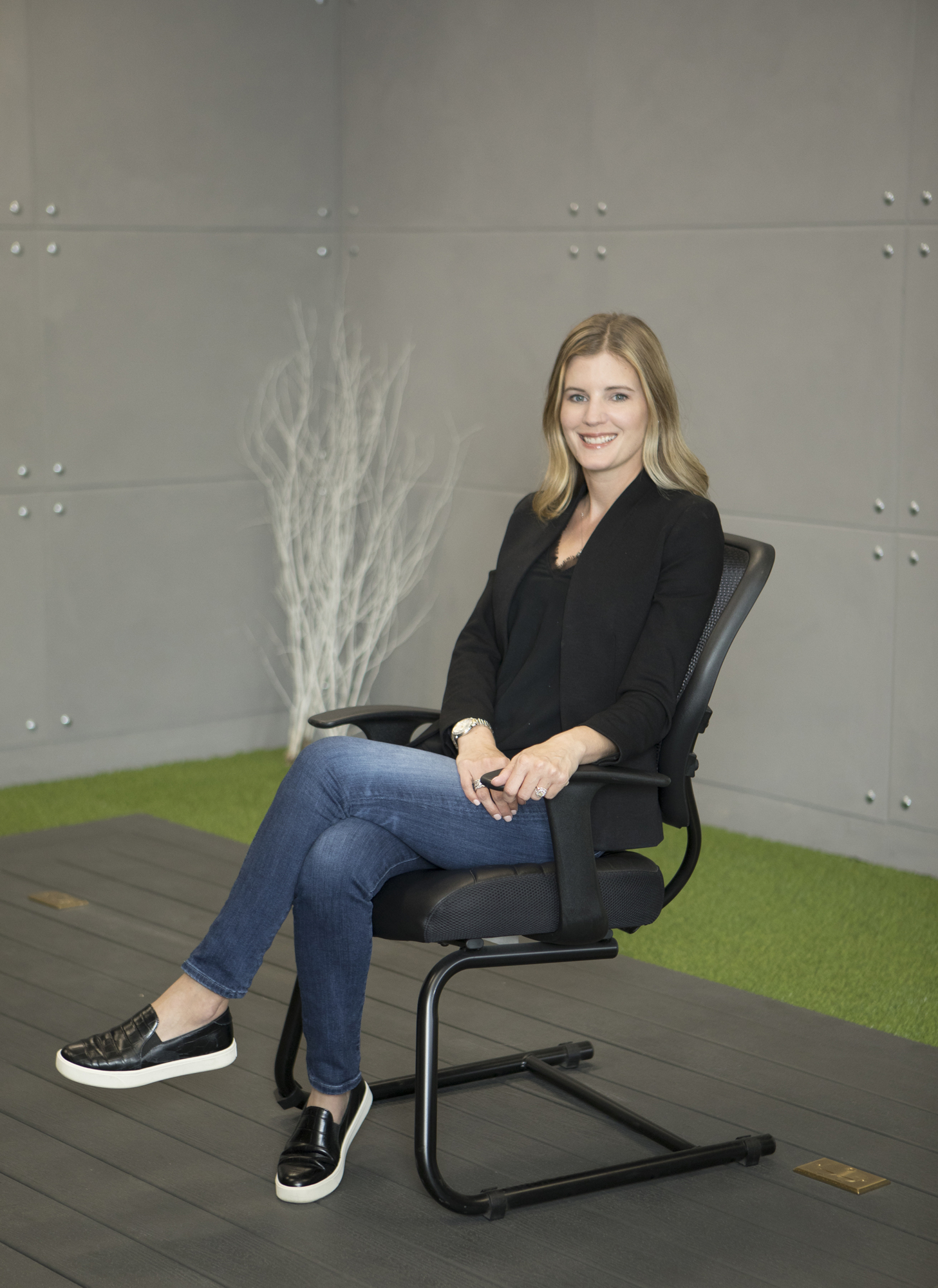
“A lot of countries — China, Vietnam, India — have zero COVID policies in their factories, so if one person gets COVID they’ll shut the whole factory down,” Ellison says. “And as much as we talk about it, we don’t really realize how many things that we buy touch those markets. It could be a little piece or component or something.”
The material shortages didn’t just affect the those working on construction sites. Manufacturers of finished goods — windows, doors, etc. — took a huge hit as pandemic-led closures coupled with material shortages meant they were unable to complete orders in time. Many have yet to catch up.
Some builders and developers, in response, have shifted their models with orders for finished goods scheduled much farther in advance. As a result, there could be a leveling out in shortages of those materials in 2022, says David Druey, Florida regional president for Centennial Bank.
Druey, who has worked with clients in the industry for years, says smart builders and developers have made adjustments in how they order since the supply chain issues first surfaced. Pre-COVID-19, developers and builders used a “just in time” shipping method, meaning there were no goods on hand or languishing in warehouses. “You just called the store and they brought it to you four days later.”

Part of the problem in 2021 was that construction supplies were like toilet paper. At the beginning of the pandemic, people were so scared supplies would run out that they bought as much as possible thereby creating that much feared shortage. It became a self-fulfilling prophecy. Builders were no different. Told they aren’t going to be able to get a garage door, they went and bought one whenever they could, whether they needed it or not.
“I think a lot of these people bought stuff, and our builders, builders that we have, were just as guilty. They went out and bought stuff because there was a shortage. So, the shortage became the shortage,” Druey says.
That played out in other industries, too. One example is the moving sector, where Tampa-based Red Rover, a pioneer in fetchable moving and storage that's raised more than $65 million since it was founded in February 2020, relies on two key supplies: containers and trucks. The model allows customers to rent a portable storage unit that's pre-loaded onto a truck that they can pick up and drive, all arranged online.
Red Rover co-founder and COO Rob Allison says in the early days of the pandemic the shortage in buying containers was so acute that the firm bought more than it needed. "We wanted to have a cushion," he says. "We wanted to protect ourselves from running out."
The other side of Red Rover, trucks, was also an issue. Early on the business got word from its first supplier, Toyota, that the Japanese carmaker's Hino truck model was going be backed up indefinitely and Red Rover's order for 100 trucks wasn't going to come over. The issue was a delay in computer chips. So, following the mantra of Red Rover CEO and fellow co-founder Peter Warhurst, who was also behind PODS, Allison says he "stayed nimble." The company, through previous relationships, got connected with Isuzu. It's since ordered 200 vehicles from Isuzu with an order for another 175 coming up. "We continue to order trucks from them without any trouble," he says.
'There are so many touch points in the food supply chain. You get hit from appetizer to desserts.' Buddy Foy, The Chateau Anna Maria
Erin Meagher, founder and CEO of Beneficial Blends, a Tampa-based organic food co-packer and manufacturer, is also grappling with the supply crisis. The company makes private-label organic and conventional edible oils and fat products including CBD, among other product lines.
The supply chain crisis has enveloped Beneficial Blends in both obvious and unforeseen ways. The obvious: delays have ballooned to six months for things that once took three weeks. The company’s suppliers are raising prices, up to 15%, so Meagher in turn, has had to raise prices for Beneficial Blends customers at varying levels.
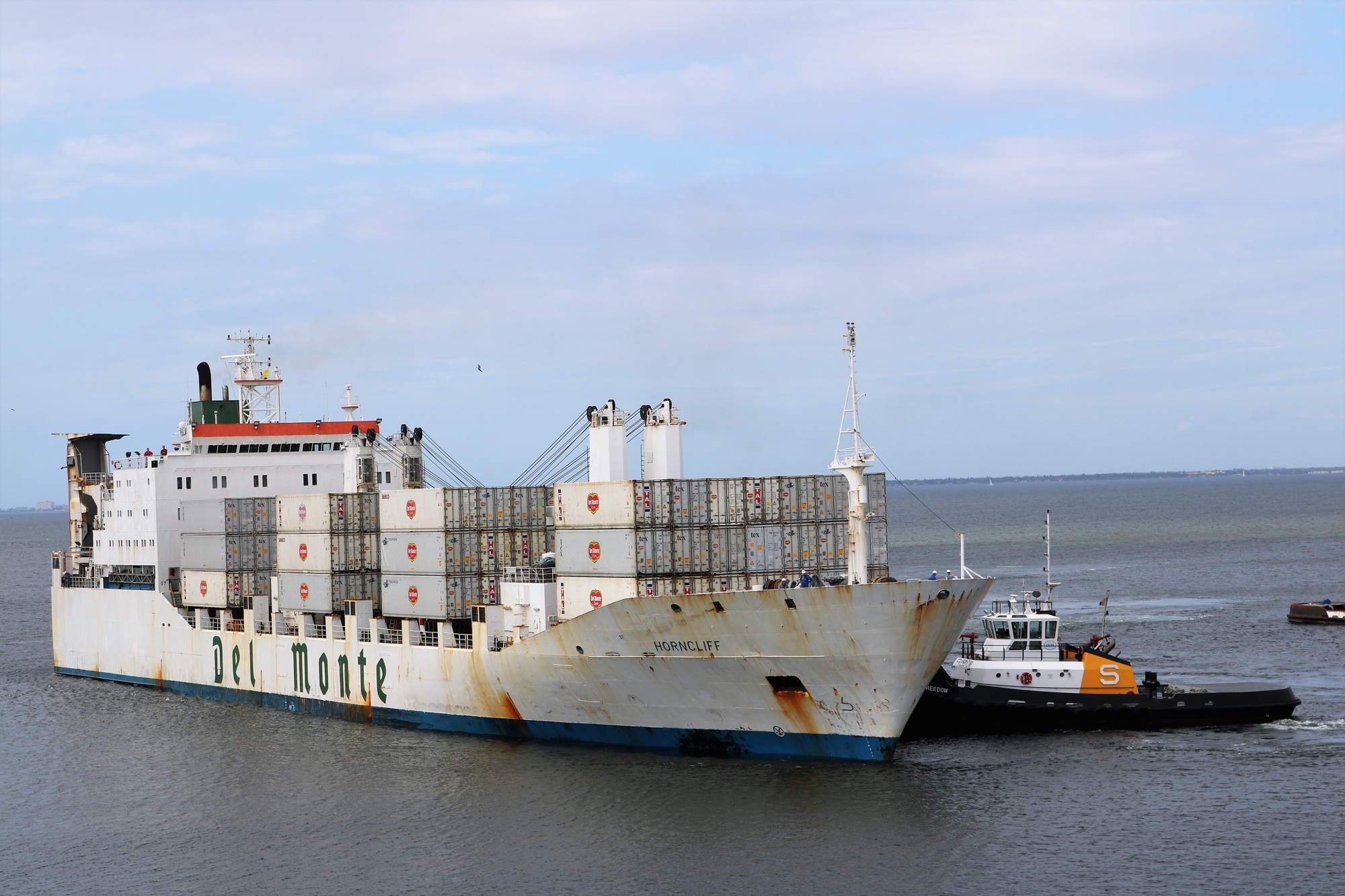
Then there’s the less obvious impact from the crisis: getting mail from the U.S. Postal office, including paychecks for employees and other important documents. “For a while the mail just stopped. We were going two or three weeks with no mail," Meagher says. "Things were getting lost."
On the entire supply situation, Meagher, summing up what many of her peers are likely thinking, adds this:“It’s insane what’s happening.”
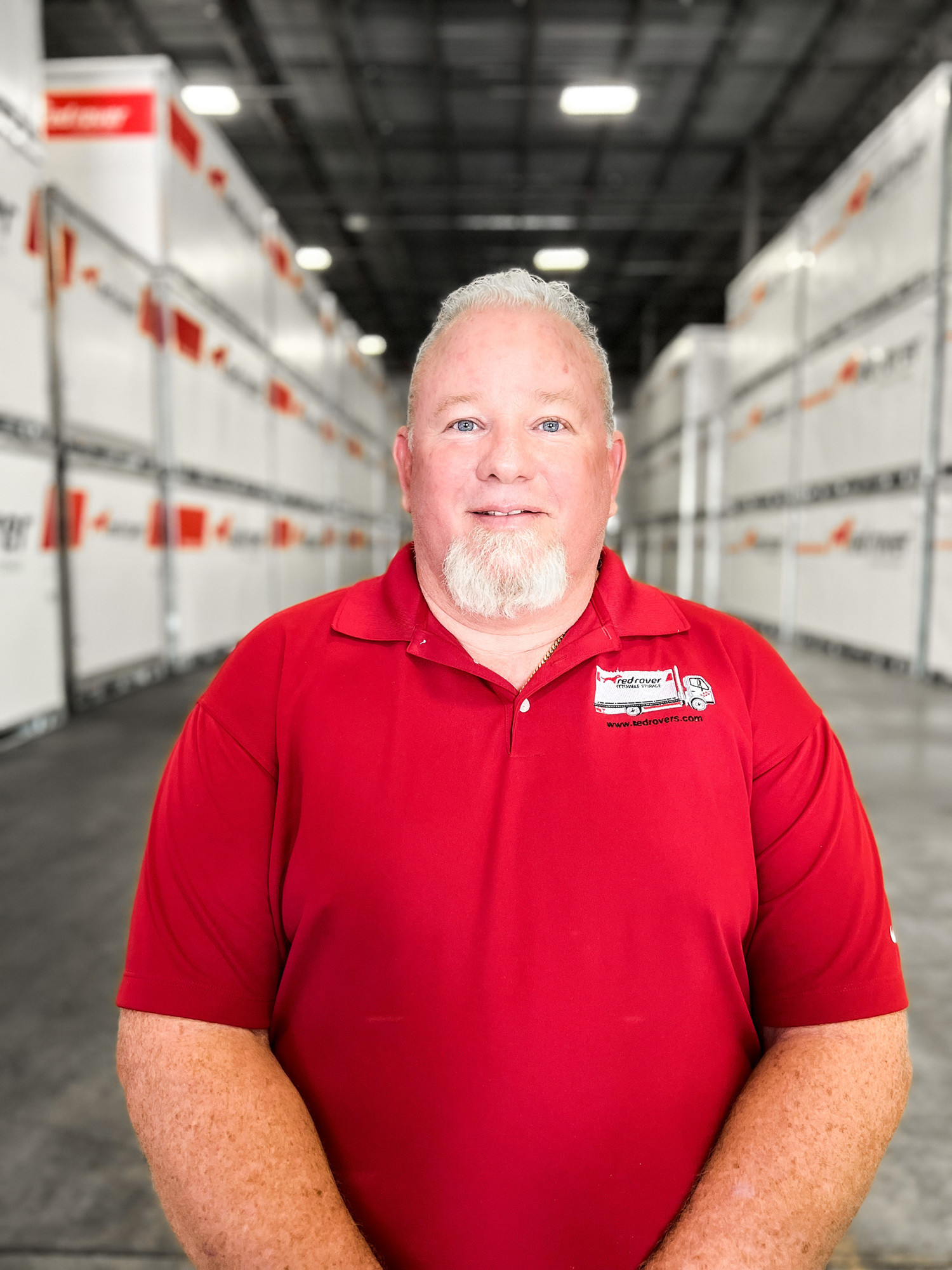
On the solutions side, Meagher, who founded Beneficial Blends in 2009, says she’s been having more meetings, usually daily, with her top executives to talk about everything supply chain. And the sense of urgency — and stress — in the meetings is palpable. “You have to say, ‘where are we at today,’” Meagher says. “If there’s going to be problems, you need to know so we can address it.”
Ditto for Allison at Red Rover, who says the old, normal-ish supply chain, for the current time at least, is gone. "You really have to be aggressive in how you plan to handle the supply challenges," he says.
Rental cars is about as far from coconut oil as you can get, but The Hertz Corp is likewise facing a crushing supply chain squeeze. For the Lee County-based car rental giant, the problem is the shortage of new vehicle inventory that’s affected major automobile manufacturers globally.
Anyone passing one of those massive car dealerships that line county and city roads are sure to have noticed wide empty spaces once filled with sedans, SUVs and pickup trucks. What’s happened is semiconductor chip shortages, along with delays due to COVID at factories worldwide, have brought the supply of new cars down to a decades-long low.
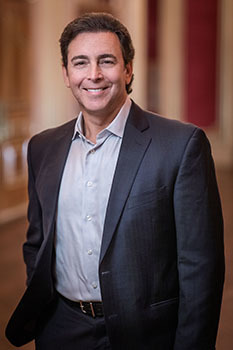
That means used car prices are at generational highs. In January, for example, J.D. Power’s Used Vehicle Price Index reported that used car prices in 2021 closed the year 41% higher than in 2020. And in its annual forecast, the firm announced that the “average trade-in equity for January is trending towards $9,852, an 88% increase of $4,611 from a year ago.”
One of those car buyers is Hertz.
According to its annual report, Hertz' fleet at its peak last year was about 389,300 vehicles in the U.S. and 78,400 vehicles internationally. With so many vehicles, the company is constantly buying and selling to maintain its fleet. The average amount of times it keeps a vehicle is 25 months in the U.S. and 20 months internationally.
With no sign of the supply chain issues abating anytime soon, Hertz intends to continue turning to the used car market to help offset what the manufacturers aren’t able to provide. And that could continue for a long time. Company executives, on a Feb. 23 earnings call, say it could be several quarters before the supply of new vehicles returns to normal.
And even then, prices could come back higher than they have traditionally as manufacturers look to meet pent up demand. But, outgoing interim-CEO Mark Fields tells investors, it’s much too early to begin having a discussion about what cars could cost later this year or even next. “As you know, it’s tough to predict market pricing," he says. "Particularly in this environment.”
The other thing that's tough to predict is when this will all end, with predictions varying from the second quarter to halfway through 2023. Allison, at Red Rover, says some of his industry contacts are looking at the first quarter of next year — nine months away. "It's definitely a dark cloud," Allison says, "but we are starting to see a light shine through a bit."
The uncertainty leaves executives across the region with no choice but to continue plugging away, finding creative solutions to the myriad issues. "Now at least," says Foy, with The Chateau at Anna Maria, "customers understand that this is real, this isn't transitory."